Every Mudhoney album ranked from worst to best
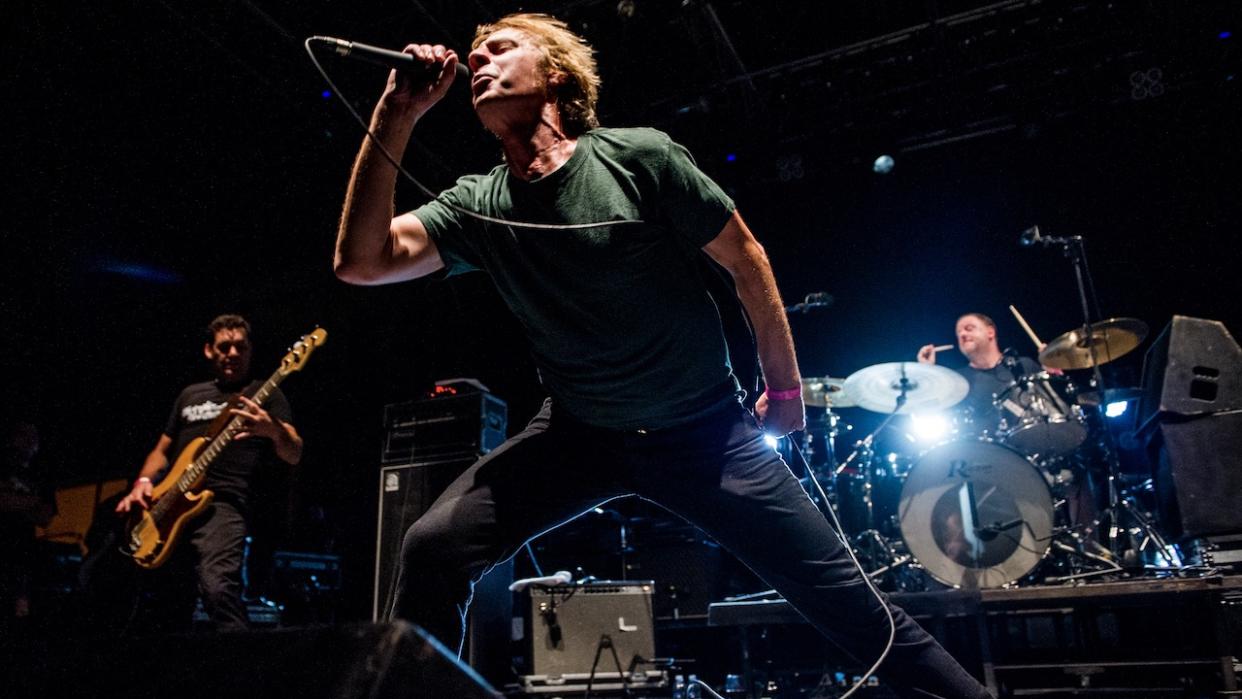
As we know, punk is all about rules and regulations. So it’s crucial that we follow the Louder protocol for one of the key players in punk rock’s best known post-70s subgenre: the movement dubbed ‘grunge’ by one of its foremost influencers, Sub Pop co-founder Bruce Pavitt, who applied the term to proto-Mudhoney/Pearl Jam band, Green River.
Mudhoney’s debut EP Superfuzz Bigmuff was originally released in late 1988. Appropriately titled after the guitar distortion pedals that achieved their trademark mudbound sound, it was a landmark release of the Seattle scene. Superfuzz Bigmuff was a follow-up to the provocative post-AIDS Gen X Mudhoney single, the satirically titled Touch Me I’m Sick: an apathetic two-and-a-half-minute clatter that ushered in grunge. Although later combined with the band's gloriously shambolic first five singles then reissued in album format in 1990, the original release of Superfuzz Bigmuff as an EP means that although it’s an ideal introduction to the band, it doesn’t qualify as an album for this list. Sorry, but them's the rules.
Mudhoney, then: grunge’s The Damned to Nirvana’s Sex Pistols. It’s an enduring mystery why Kurt Cobain and co were feted as grunge superstars when Mudhoney’s tunes clearly outclassed their one-time proteges. But cult status meant longevity not celebrity for the alternative rock legends. Never standing still, their continual development during and since the grunge era forces '70s doom, garage, psyche and blues rock through a punk and hardcore mincer.
Via the faultless lineage of Black Sabbath, The Stooges, Blue Cheer, Hawkwind, Mot?rhead, and Bad Brains, Mudhoney took the blueprint of grunge progenitors Tales of Terror and Dinosaur Jr, doused it with ethanol, set it on fire, and shot it out of a cannon into the Pacific Northwest. Alt. rock with humourous verve rather than earnest introspection. No band’s sound summed up Pavitt’s ‘grunge’ tag – Nirvana included – better than Mudhoney, but no band once described as grunge evolved beyond it better than them.
Despite the departure of founding bassist Matt Lukin, the otherwise original line-up of Mark Arm (vocals/guitar), Steve Turner (guitar), Dan Peters (drums) – along with Guy Maddison (bass) – are still very much a going concern since their 1988 formation, and just released their 11th studio album, Plastic Eternity.
Without further ado then, here's each of those albums listed, rated and ranked in order of greatness.

11. Digital Garbage (2018)
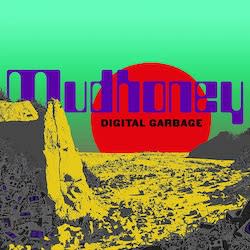
21st century Mudhoney is a million miles from their debut, but their perennial Stooges-inflected garage punk blues remains a joy. On their tenth album, Mudhoney returned to the socially conscious politics of Under a Billion Suns, charting their disgust at pre-pandemic America by way of dirty blues riffs, a joyously tight rhythm section and a perilously wonky organ – topped off by Mark Arm’s impressively sardonic Iggy-meet-Jello-Biafra vocal delivery. It's best showcased here on the nihilistically cynical blues sliding of Kill Yourself Live and the grinding insistence of Prosperity Gospel.
10. Under A Billion Suns (2006)
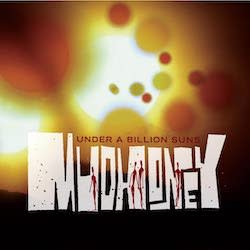
With three different producers and a deliberately unrefined sound, Under a Billion Suns is by no means a typical Mudhoney album. It developed the band’s inclusion of brass along with a new-found political social conscience. Overall, UABS lacks cohesion, but you get the impression that’s according to deliberate design as part of the Mudhoney pantheon of obstreperousness. Like MC5 hanging out with the New York Dolls after drinking too much malt liquor, this is chaotic, hectic and discordant, and not necessarily in a bad way.
9. The Lucky Ones (2008)
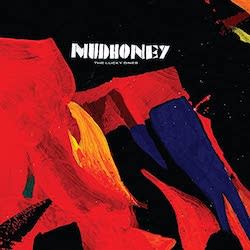
Rowing back the bonkers of Under a Billion Suns in no uncertain terms, Mudhoney’s eighth album focuses on the rhythm section, with Guy Maddison and the terminally underrated Dan Peters in full D&B harmony. The result is a stripped-back sound that abandons the brass of Under a Billions Suns for a minimalistic but feral lo-fi of the I Wanna Be Your Dog-inspired I’m Now. The title track harks back to Sweet Young Thing, What’s This Thing? is a grimy White Stripesian blues march, and the hardcore bawl of Tales Of Terror is inspired by the band of the same name. “Go through the door/Look in the mirror/Is anything getting any clearer?” Absolutely not, lads. Thankfully.
Buy The Lucky Ones
8. Tomorrow Hit Today (1998)
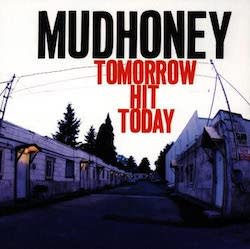
Building on the econo-garage of My Brother the Cow, Mudhoney moved towards a blues rock vibe on their last major label album, produced by Memphis bluesman Jim Dickinson. With a comparatively laid-back sound, Tomorrow Hit Today successfully alienated the grunge kids and sold poorly, but remains a great garage punk blues album in the vein of that '90s scene based around The Jon Spencer Blues Explosion, Soledad Brothers, and the Immortal Lee County Killers, from which The White Stripes would detonate.
With a Nick Cave vibe, Oblivion is a foreboding, blues-drenched outlaw tale while Night of the Hunted is Mummies-inspired budget garage punk. THT also includes a cover of Ghosts, written by Bostonian garage punk trio Cheater Slicks. As usual, Mudhoney were well ahead of their time; it would be another five years before the world would wake up when the White Stripes went supernova with the garage punk blues of Elephant.
7. Vanishing Point (2013)
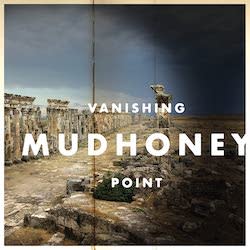
Five years on from The Lucky Ones, Mudhoney’s ninth album settled into what is now the classic post-grunge era Mudhoney sound: sneering garage punk blues. Straight out of the traps, Slipping Away features the righteous Peters/Maddison rhythm section underpinning the twin guitar attack of Turner and Arm, with the latter’s vocals coming across like Doc Corbin Dart during a cigarette drought. The 1:38 minute Chardonnay is a frantic Minor Threat style blast while Sing This Song of Joy is a curmudgeonly garage blues classic.
6. Since We've Become Translucent (2002)
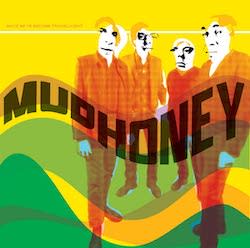
Leaving Reprise, returning to the prodigal home of independent label Sub Pop, and with bassist Guy Maddison replacing Matt Lukin, Mudhoney’s sixth album forges ahead by smoothing off the rawer garage punk corners of Tomorrow Hit Today for an ironically more commercial sound following their departure from major label land. But that’s relative: a “more commercial” Mudhoney sound is still a psyche-infused sludge tripfest with the buzzing howl under heat of opener Baby, Can You Dig the Light, the big band crazy of Where The Flavor Is and the solid blues groove boogie shake of the Stooges-inspired Inside Job. An absolute triumph.
Buy Since We've Become Translucent
5. Plastic Eternity (2023)
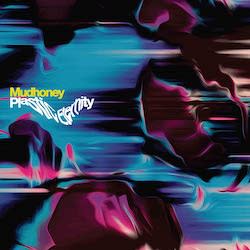
Led off by January’s funktastic Almost Everything single, with Peters giving it the full Brendan Canty plus bongos, Turner’s Crampsian guitar buzz and Mark Arm’s woozy vocals, it quickly became clear that Mudhoney's latest album is a glorious return to form. Mudhoney have renewed their early career heaviosity but without compromising on the inventive garaged-up punk blues – coming across somewhere in between MC5, Man or Astro-man? and the Soledads. There is nothing to complain about here, even down to the comical song titles Flush the Fascists and Cry Me An Atmospheric River. Blinding.
4. Piece of Cake (1992)
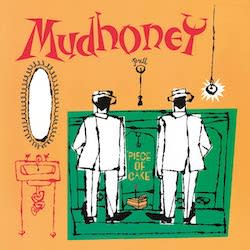
As the major labels clamoured to hoover up any grunge band they figured could fund their evil adrenochrome-fuelled sacrifices, with standard hilarious obstinacy, Mudhoney’s first of two major label releases on Reprise started to move beyond their trademark grunge sound. Straddling alt rock and garage, Piece of Cake pointed the way forward for Mudhoney while still retaining what made their name: obtuseness.
Building on the organ thrown into the mix on second album EGBDF, keys become more prevalent on Piece of Cake with the knackered psych-garage of When in Rome (like The Doors on diazepam) and the ramshackle fuzz wonk of Youth Body Expression Explosion (like the Mummies on Mogadon). But the fever rattle of No End in Sight (sounding not unlike Elvis Costello’s Pump It Up) and the accelerated chewy sludge of Suck You Dry kept the plaid-shirted traditionalists happy.
3. My Brother The Cow (1995)
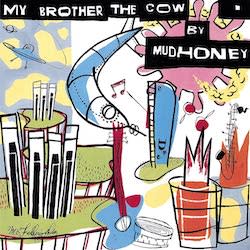
As grunge moved into its post- phase, Mudhoney had already abandoned the passé late 80s template and instead paid homage to the band’s melangé of influences – the overdriven hard blues rock of Blue Cheer, the garage of the Stooges, the avant-garde of Dr Beefheart and the 80s hardcore of Bad Brains.
From the bizarro wonk of Judgement, Rage, Retribution and Thyme to the punk of F.D.K., and the garage/blues kitbash of Into Yer Shtik with its baiting “Why don’t you blow your brains out too?” lyric that Courtney Love took exception to (although the song is about a host of grunge scene musicians – Layne Staley and Scott Weiland to assorted hangers-on and industry goons), Mudhoney proved they were no one-trick ponies, having outgrown the confines of grunge.
2. Mudhoney (1989)
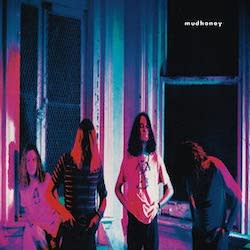
Believe it or not, Mudhoney’s debut album received something of a lukewarm response following their run of blistering early singles. Which was a crock of old pony because it’s a 37-minute hedge-wrecking, sideboard-splintering, wall-to-wall vomiting soundtrack of unexpurgated mosh party chaos.
From the spikily tense shimmering psyche fuzz of opener This Gift through the insistent repetition of Flat Out Fucked’s needling riff, the filthy feedback of live fave Here Comes Sickness to the hangover homage of the sonic anxiety-inducing When Tomorrow Hits. Dan Peters’ juggernaut rumble and the overdriven groan ’n’ shriek of Steve Turner’s guitar torture make You Got It as much of an early Mudhoney classic as Touch Me I’m Sick or In N Out Of Grace. Pile-on!
1. Every Good Boy Deserves Fudge (1991)
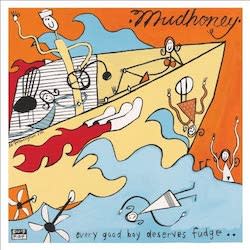
Despite major label interest, Mudhoney wisely stuck to their independent guns for their greatest full length album. As their peers smoothed off their rougher edges for the advent of mainstream success, Mudhoney doubled down, introducing a bluesier brand to their alt rock – harking back to hard rock pioneers Blue Cheer and Vanilla Fudge. Good Enough verges into the psych and hardcore fusion territory Mudhoney would explore in detail further down the line.
Arguably less heavier but no less noisy than their earliest material, EGBDF is a triumph of alt rock musicianship: Let It Slide, Into The Drink, Who You Drivin’ Now showcasing Mark Arm’s trademark languorous vocal delivery alongside Steve Turner’s erratic guitar and a rhythm section tighter than a cat’s ass on cold glass shows how important an influence they were on Queens Of The Stone Age, Foo Fighters, Stone Temple Pilots and more. Less radio-friendly than Nevermind, but an equal classic of its time and genre.
Buy Every Good Boy Deserves Fudge
